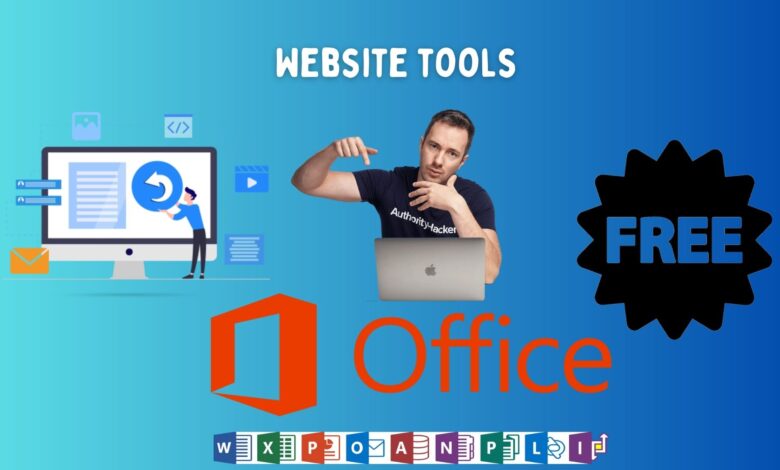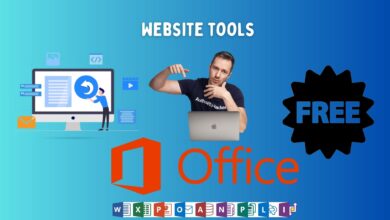Know your flood risk: Homeowners, renters or business owners

Flooding continues to be the nation’s number one disaster and can affect everyone and every property.
This page is a guide to help people understand and navigate flood risk and provides the necessary resources and information for homeowners, renters and business owners:
- R: Reduce your risk
- No: Insure your risk
- SShare information about risk.
- KKnow your risk and your community’s risk
Below you will find information and resources about protecting your family and property from flooding. Basic information about flood maps, flood zones, flood risk and flood insurance will help you take action to reduce risk.
Learn about flood risk
Your property’s unique risk
Take action
Learn about your community’s flood risk
Living with leves
Living and working near Livs comes with risks. Levees can reduce risk during certain flood events, but they do not provide flood protection. It may deteriorate from time to time and they have to wait to maintain their effectiveness.
When ramps fail or are overloaded, the consequences can be disastrous. In fact, the flood damage can be more if the cable is not built.
Other types of risk
Need information about disasters other than floods? Visit the Risk Management page.
If you live or work near a levee, it’s important to understand the risks associated with levees and the steps you can take to prepare for flooding and provide financial protection.
Get your flood map
By understanding flood maps, you can expand your understanding and knowledge of flood zones and make more informed decisions to reduce your risk.
of Flood Map Service Center Includes links to free resources, such as flood maps, where you can learn more about your community’s risks.
Enter the street address you want to learn more about and find out which flood zone it is in.
Flood zone definitions
Flood zones are geographic areas that FEMA has designated by varying degrees of flood risk. Use the drop down feature below to learn more about your flood zone designation.
Zone A
Areas with a 1% flood risk and a 26% chance of flooding over the life of a 30-year mortgage. Since detailed analyzes have not been carried out for such areas; No depth or base flood elevations are observed in these zones.
Zone A1-30
These are numbered as A zones (eg A7 or A14). FIRM is a base floodplain showing BFE (old format).
Zone A99
Areas with a 1% chance of flooding each year have reached legal requirements defined by the Federal Flood Control System for construction. No depth or base flood elevations are observed in these zones.
Flood insurance rate maps
To find your flood zone on your community’s Flood Insurance Rate Map (FIRM) or Flood Hazard Boundary Map (FHBM):
- Visit the Map service center
- Enter your address
- Click the dynamic map button to view your FIRMette
National risk index
of National risk index It’s an online tool that shows community-level risk. It is the first tool of its kind that identifies communities most vulnerable to 18 natural disasters at the national level and measures factors such as social vulnerability, expected annual losses and community resilience to impact those risks.
The National Risk Index is designed to make communities more aware of the risks they themselves face. This tool helps communities identify and prioritize the most vulnerable projects to alleviate disaster costs and suffering.
get started
Visit the National risk index To understand your risk for natural disasters.
- Explore the interactive map
- Learn more about natural disaster risk in your area
- Access the index to create your own maps and applications
Flood Risk and Species at Risk Habitat (FRESH) Mapping
When figuring out your community’s floodplain management program, it’s important to consider species conservation as well.
To learn more about reducing flood risk, reducing flood insurance premiums, and protecting species and their habitats from the benefits of naturally functioning floodplains, visit FEMA’s Floodplain and Wildlife Conservation website.
Understand your property’s unique flood risk
FEMA has spent decades investing in high-quality data to inform flood risk assessment and develop flood insurance rates. of Flood insurance premium method It uses that information to better understand a property’s unique flood risk, which helps in setting flood insurance pricing premiums.
The flood insurance premium method uses several flood risk variables when considering risk, including:
- Distance from flood source
- Flood frequencies above 1% annual flood event
- river overflows, storm surges, coastal erosion, heavy rainfall, and property characteristics (such as distance to water sources, elevation, and cost of rebuilding).
Expressing concern
Watch the video to learn more about how flood variables affect your flood risk and insurance costs.
Risk identification
It is important to identify your risk. As you work to understand and address property flood risk, you may want to consider: Contact an insurance agent at the National Flood Insurance Program provider To find out how this relates to your particular property. Based on what you’ve learned, you can decide whether insurance is the best protection for your investment.
of Reduce the risk of flooding The tool will also help you find ways to reduce your property’s flood risk. Using this tool, you will answer a series of five questions and receive a list of recommended mitigation options to reduce flood risk.
This section contains references and links to non-federal resources and organizations. This information is intended for informational purposes only and is not intended to be an endorsement by FEMA, the US Department of Homeland Security, or any non-federal entity of the US government.
Take action to reduce your risk
There are many things you can do now to reduce the risk of flooding to your family and property.
Activities to help reduce risk to your home
Whether you’re integrating existing community plans or looking for ideas on how to best implement them, our collection has many resources to help.
- Bring risk reduction into local planning
- Collaborate with local partners in my community
- Protect my home from natural disasters
- Get ideas for decluttering activities
Explore a collection of risk reduction activities
Buy or build outside of high risk zones
Reduce the risk of flooding by buying or building outside flood-prone zones (areas that begin with the letter A or V on FEMA flood maps) or consider making changes to your home to protect against future floods.
Learn more with the following resources:
Be ready
Make sure you have a plan and supplies in case of a flood. Visit the Ready.gov flood page Learn what to do before, during and after a flood to protect you and your family.
Buy flood insurance
Even if you are not in a high risk flood zone, remember that flooding can happen anywhere. It’s one of the best things you can do when preparing for a flood. Buy flood insurance.
Flood insurance is available to all property owners, renters and business owners – even properties outside of high-risk areas. Please contact us for more detailed information about your property’s flood risk and flood insurance coverage and costs Contact an insurance agent.
Learn about historical disasters
Learn about historical flood risk and costs by viewing historical flood impact data to see how flooding has affected your state, according to data from the National Oceanic and Atmospheric Administration’s (NOAA) Storm Events Database.
Consider coastal hazards
If you live near the coast, consider protecting your home from coastal erosion.
Contact your floodplain manager
Before making any changes to your home, contact your community’s floodplain manager (usually an official in the zoning or planning department) to understand the building and permitting requirements in your community. They can also provide information about federal and state grants and funding that may be available to help you.
We offer you some site tools and assistance to get the best result in daily life by taking advantage of simple experiences
